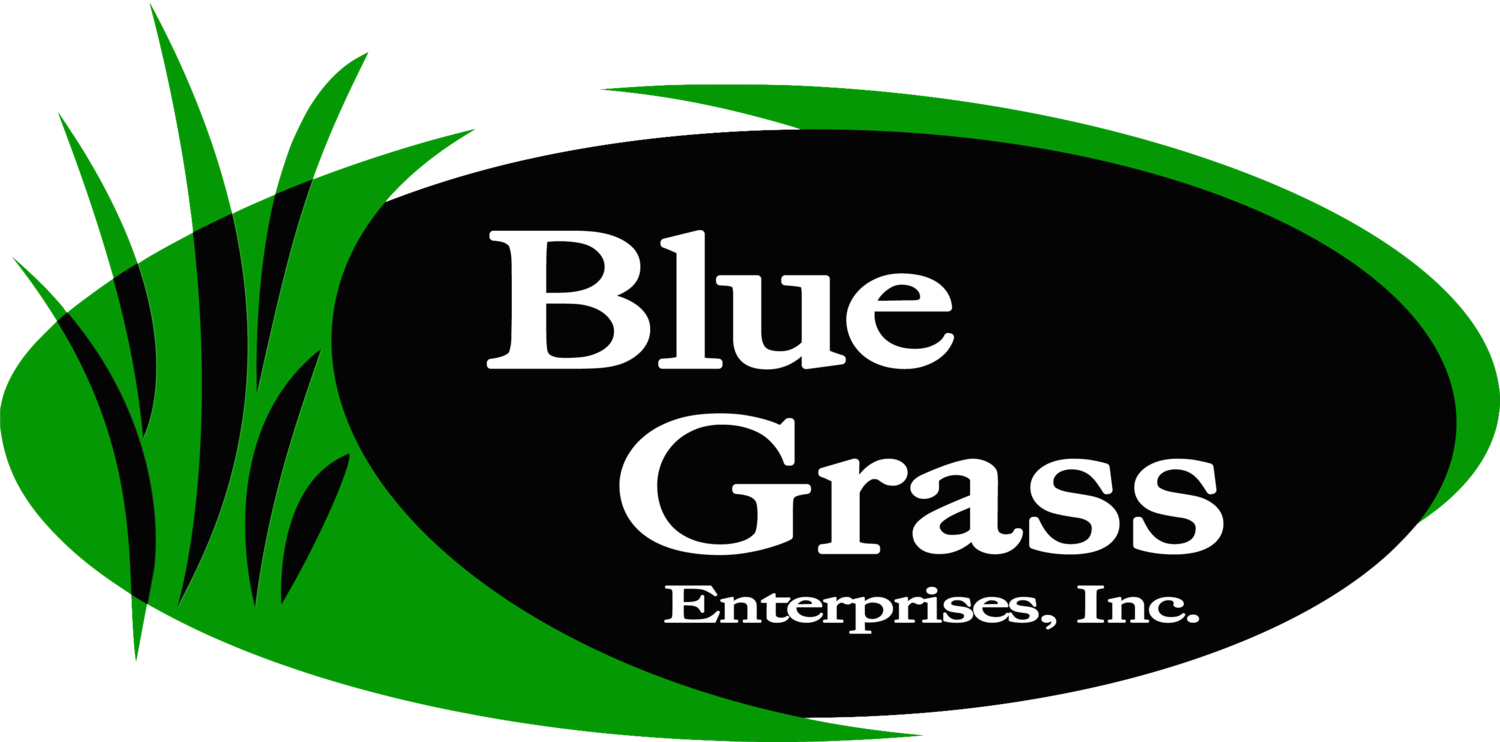May’s Island in Downtown Cedar Rapids.
“What’s the point of this tiny bit of grass!?”
OK. I admit it. I’m biased. But hear me out…
Recently, I had lunch with a civil engineer friend who, after leaving the restaurant, gestured to the grass along the curb and said, “What is the point of this tiny bit of grass? They should pave all the way to the road.”
Being the level-headed, logical paragon that I am (pause to listen for my parents’ laughter in the distance) I did manage to take a deep breath before launching into my GRASSES ARE IMPORTANT TOO speech.
To be fair, the grass in question was poorly maintained and not very aesthetically pleasing, regardless, this comment was still a silly thing to say to a well-educated sod farmer. So you had better believe I had lots of things to say in the moment. I’ll save you the full presentation, but this sentiment seems to come up often enough from folks that I feel the need to share a picture and some math to illustrate what the point of a ‘tiny bit’ of grass can be.
Examples of the little green spaces that dot the Cedar Rapids urban center.
First and foremost, it is important to acknowledge grasses are among the most efficient and productive living things on Earth. They create oxygen, sequester CO2, filter water, cool their surrounding environments, and don’t squish houses in storms. They are so efficient, in fact, that five of the top six calorie-producing products in the world are grasses (corn, rice, wheat, sugar cane and sorghum…)
But we’re not eating the grasses that grow in these tiny urban spaces, so let’s focus on grasses in urban spaces. Urban spaces are incredibly challenging to get anything at all to grow. They are hot… supercharged by the heat-absorbant and reflective surfaces that cover everything. They are often trampled, existing on poor and compacted soils, and underfed. They are subjected to salt and sand from winter road maintenance. Often they are subjected to LOTS of dog urine since they are the only green spaces for four-legged urbanites for blocks and blocks. Frankly, there are just not many, if any, other plant species in the entire world that could be subjected to this kind of “care” and survive.
Random block from Downtown Cedar Rapids from Google Earth. The yellow lines show the area I am measuring and the total square footage.
In this Google Earth photo, I measured the square footage of the grassy area along a Cedar Rapids city block, which is just over 3,200 sq/ft.
For the sake of keeping this article short enough to not bore you to death, let’s focus solely on oxygen production. Research funded by The Lawn Institute determined that during Iowa’s growing season, 5,000 sq/ft of healthy grass provides the daily oxygen for 17 people. This “tiny bit of grass” provides enough oxygen for 11 people daily. The growing season for grasses in Iowa is roughly 240 days long, creating enough oxygen for 2,640 people per growing season from this 3,200 sq/ft.
By my count (Thanks, Google Earth!) there are about 60 blocks in the Cedar Rapids, Iowa downtown area with a similar layout to the example above. Let’s assume on average that three of the four sides of these blocks have similar grassy areas in their layouts, that’s 9,600 sq/ft * 60 blocks = 576,000 sq/ft.
That means these ‘tiny bits’ produce enough oxygen for approximately 115 people each day (27,600 people per growing season) in the downtown area.
This number might seem large, or possibly small to you. Of course, I wish it was bigger because I think green spaces in urban areas are important for more than just oxygen production. But those reasons are subjects for future blog posts…
Urban green spaces also give us space for beautiful balloon glow festivals and concerts.
Regardless of your perception of these numbers, the reality is that ANY oxygen production at all is 100% more than what is created with shingles, concrete, glass, or bricks.
Now, to take a moment to poke a hole in my own argument. The numbers I am citing above are a reflection of the oxygen-making potential of healthy turf… And what my friend was pointing out was NOT healthy turf. It was barely hanging on after years of trampling and neglect. That particular spot was not helping much, but it was still better than asphalt.
My friend is right. Paving the whole space would be easier. But is the easy path always the right path? What I would love to see, instead of people suggesting we “take the easy way out” and just pave everything between a building and the road, is for cities and towns to understand and see the value in investing in caring for the plants that have the ability to thrive in these urban environments.
Not only would caring for these spaces be visually appealing and beneficial to the population in terms of aesthetics, property values, and community pride, but these areas are actually providing ecological services for the living things who live and work there.
It’s easy to overlook the benefits of grasses, but I’m grateful for their presence in urban spaces. They are great helpers, even the 'tiny bits'.
For more information, check out this article about the additional benefits of grasses in urban spaces.
Thanks for coming to my TEDTalk. ;)





